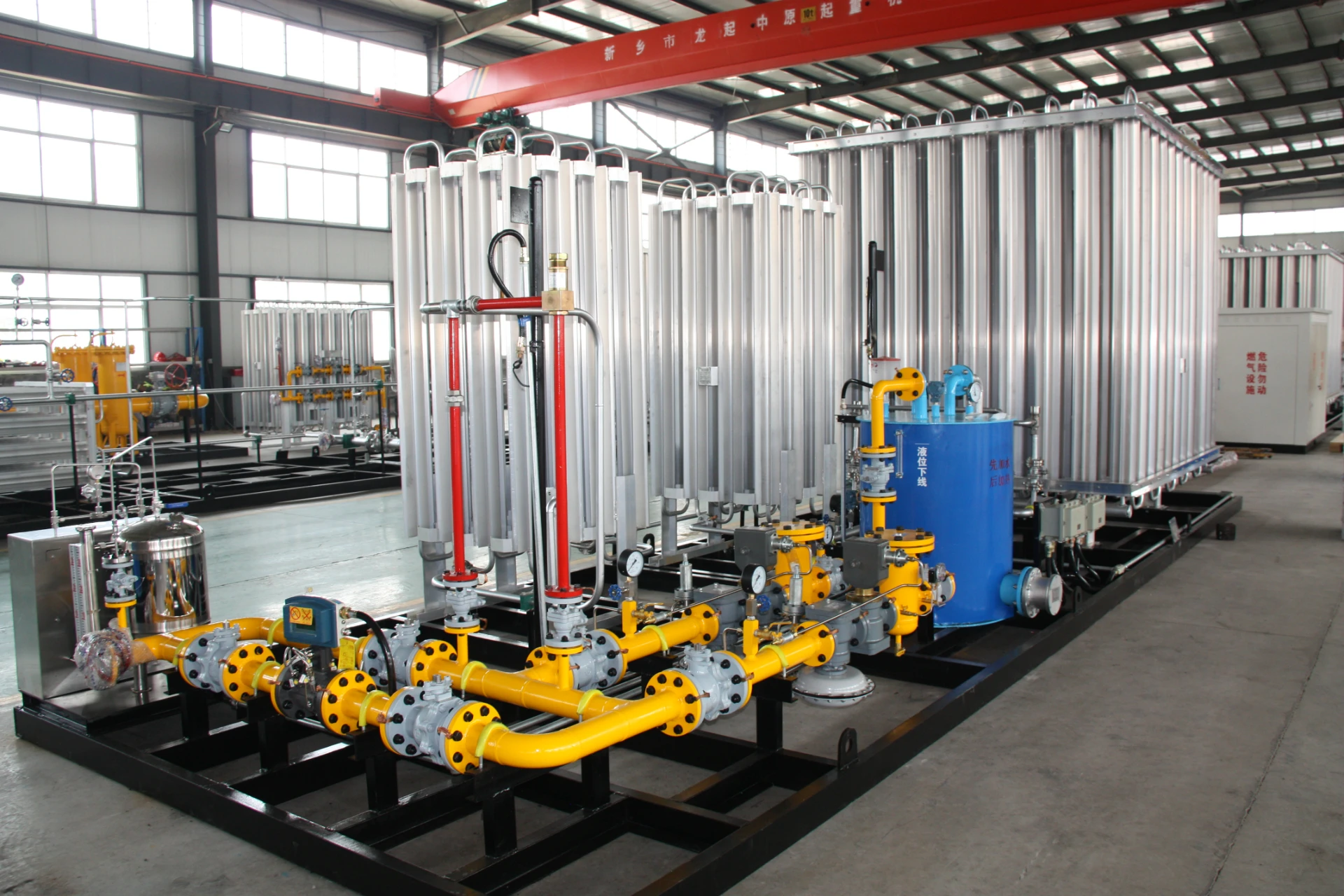
Dec . 17, 2024 23:28
Back to list
lng
The Significance of LNG in the Global Energy Landscape
Liquefied Natural Gas (LNG) has emerged as a pivotal player in the global energy market over the last few decades. As conventional energy sources face increasing scrutiny due to environmental concerns, LNG presents a cleaner alternative that meets growing global energy demands. This article delves into the significance of LNG, its benefits, challenges, and future prospects.
LNG is natural gas that has been cooled to a liquid state at about -162 degrees Celsius. This process reduces its volume by approximately 600 times, making it much easier to transport, especially over long distances where pipelines are not feasible. The rise of LNG has been fueled by both technological advancements and the need for countries to diversify their energy sources.
.
Furthermore, the flexibility of LNG can be seen in its ability to stabilize energy supply in various regions. LNG can be transported to areas experiencing energy shortages or where renewable energy sources may not be sufficient to meet demand. This capability is particularly relevant in light of recent geopolitical tensions, where energy security has become a paramount concern for many nations. Countries with abundant natural gas reserves, such as the United States and Qatar, have begun exporting LNG to global markets, thereby enhancing their influence in international relations.
lng

However, the LNG sector is not without its challenges. One of the major concerns is the infrastructure required for liquefaction, transportation, and regasification. Developing the necessary facilities can be capital-intensive and time-consuming. Additionally, while LNG produces lower emissions than other fossil fuels, it is still a significant contributor to greenhouse gas emissions, particularly methane, if not managed correctly throughout the supply chain.
The fluctuation of global energy prices also presents a challenge for the LNG market. Prices can vary dramatically due to factors such as weather conditions, demand surges, and geopolitical dynamics. This volatility can deter long-term investments in LNG infrastructure, making it difficult for suppliers to predict market conditions and for consumers to plan their energy costs.
Looking to the future, the LNG industry is poised for growth, driven by technological advancements and increasing demand in developing economies. Countries like India and China are beginning to embrace LNG to fuel their rapid industrialization while reducing pollution. Innovations in floating LNG technology, which allows for offshore production and transportation, are also set to enhance the industry's reach and efficiency.
Moreover, LNG can play a crucial role in the transition toward renewable energy. As more nations adopt ambitious climate goals, LNG can serve as a reliable backup energy source, providing stability when intermittent renewable energy sources like wind and solar are not available. The development of carbon capture and storage (CCS) technologies could further mitigate the environmental impact of LNG by capturing emissions produced during its combustion.
In conclusion, LNG is a vital component of the contemporary energy landscape, balancing the need for energy security with the imperative of environmental sustainability. While it faces significant challenges, its benefits and versatility position it as a bridge fuel in the transition toward a cleaner energy future. As countries around the world continue to navigate the complexities of energy demands, LNG’s role is likely to expand, shaping the dynamics of global energy supply and consumption for years to come.
Latest news
-
Safety Valve Spring-Loaded Design Overpressure ProtectionNewsJul.25,2025
-
Precision Voltage Regulator AC5 Accuracy Grade PerformanceNewsJul.25,2025
-
Natural Gas Pressure Regulating Skid Industrial Pipeline ApplicationsNewsJul.25,2025
-
Natural Gas Filter Stainless Steel Mesh Element DesignNewsJul.25,2025
-
Gas Pressure Regulator Valve Direct-Acting Spring-Loaded DesignNewsJul.25,2025
-
Decompression Equipment Multi-Stage Heat Exchange System DesignNewsJul.25,2025

